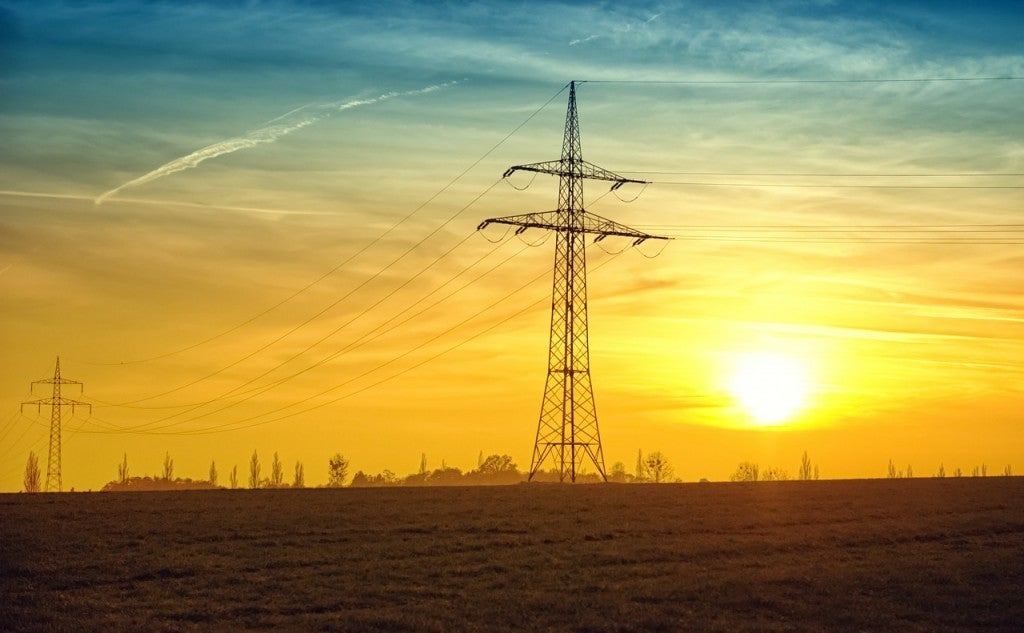 When the Environmental Protection Agency (EPA) finalized America’s Clean Power Plan in early August, it marked the first time our country has put a limit on emissions from the nation’s largest source of carbon pollution: power plants. The standards represent a huge step forward for cleaner air and all of the benefits that come along with it.
When the Environmental Protection Agency (EPA) finalized America’s Clean Power Plan in early August, it marked the first time our country has put a limit on emissions from the nation’s largest source of carbon pollution: power plants. The standards represent a huge step forward for cleaner air and all of the benefits that come along with it.
Texas leaders immediately denounced the final plan, boldly proclaiming it would have catastrophic consequences, and vowed to fight the Clean Power Plan.
But if state decision makers stop to look at the facts, they will see that the Clean Power Plan is well within our reach. In fact, Texas can get to 88 percent of the way toward compliance simply through current trends alone, as shown in our new report out today, Well Within Reach: How Texas Can Comply with and Benefit from the Clean Power Plan. And, not only is compliance achievable, the plan actually provides Texas the opportunity to use it to grow the state’s economy. Read More














